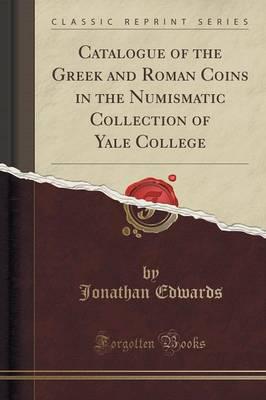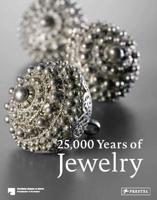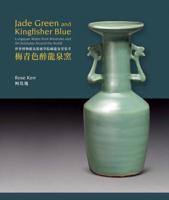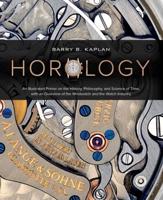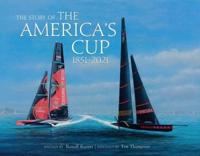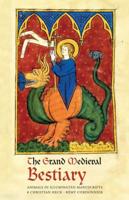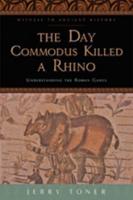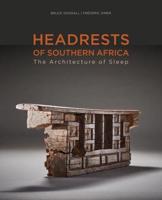Publisher's Synopsis
Excerpt from Catalogue of the Greek and Roman Coins in the Numismatic Collection of Yale College
The gem of that cabinet, as well as of the present, is the new england three-fence. For a long time supposed unique, its value is not lessened by the recent discovery of a similar piece in Boston, which puts the genuineness of the issue beyond a doubt.
In 1854 Mr. Thomas H. Johns, of Canandaigua, N. Y., left by will a sum of money to Yale College, and in part payment thereof the Corporation consented to take a collection of between seven and eight hundred miscellaneous coins. These are marked Johns in the catalogue. Upon receiving them, some better location seemed desirable, and a cabinet was made capable of holding about six thousand coins, and placed in the College Library.
In 1860 the collection was arranged by Mr. F. P. Brewer, and at first increased quite rapidly from contributions. Mrs. A. R. Street gave a very large collection of foreign coins. C. W. Bradley, Esq., of New Haven, late U. S. Consul at. N ing-po, China, also increased this department. Giving many large silver pieces. Many others made contributions, but as it has been impossible to place the name of the donor against the proper coin in every case, some of them are marked Unknown.
The collection having increased to nearly 3000 pieces, including some duplicates it has been thought desirable to publish a catalogue of them. Three objects have been aimed at in issuing it.
About the Publisher
Forgotten Books publishes hundreds of thousands of rare and classic books. Find more at www.forgottenbooks.com
This book is a reproduction of an important historical work. Forgotten Books uses state-of-the-art technology to digitally reconstruct the work, preserving the original format whilst repairing imperfections present in the aged copy. In rare cases, an imperfection in the original, such as a blemish or missing page, may be replicated in our edition. We do, however, repair the vast majority of imperfections successfully; any imperfections that remain are intentionally left to preserve the state of such historical works.
